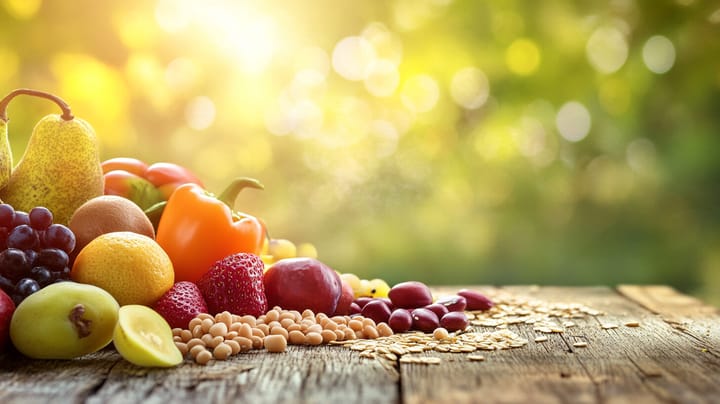The Sweet Truth: How Much Fruit Is Optimal for a Healthy Diet?

The Whole Truth About Whole Fruit
When it comes to maintaining a healthy diet for weight loss or managing insulin resistance, you may think you need to steer clear of any type of sugar. But the natural sugars found in whole fruits are a different story. Unlike sugary sodas, candy, and other concentrated sweets, the sugars in whole fruits have actually been linked to a decreased risk of obesity and metabolic diseases. The key is consuming the entire fruit, skin and all, rather than juicing or drying it.
Whole fruits come with a complete package of nutrients, including soluble and insoluble fibers. These fibers work together to create a "fiber lattice" in the small intestine that significantly slows down sugar absorption. This prevents the blood sugar spikes that can lead to insulin resistance and diabetes over time. Instead, most of the sugar travels further down the intestine where gut bacteria can metabolize it.
Additionally, whole fruits tend to rank low on the glycemic index (GI), a scale that rates foods based on how they impact blood glucose levels, with lower numbers being more favorable. Foods with a high GI are more likely to cause a rapid, pronounced rise in blood sugar after eating. Elevated blood glucose means the body has to work harder to produce insulin, increasing the chances of developing insulin resistance.
The Problem with Processed Fruit
On the other hand, fruit juices and smoothies are hyper-concentrated in fruit sugars and may not create the same beneficial "fiber lattice" effect in the gut. Blending and juicing break down the fruit's cell walls and insoluble fibers that are crucial for forming this protective lattice. Plus, it's much easier to consume large quantities of fruit quickly in liquid form compared to eating whole fruits at a slower pace.
Balancing Fruit Intake
There's no need to worry about eating too much fruit as long as you're consuming it whole and as part of a balanced diet that also includes lean proteins, whole grains, and plenty of vegetables. In fact, most Americans don't eat enough fruits and veggies, so aim to fill half your plate with a colorful variety.
If you're dealing with insulin resistance, opt for fruits that are higher in fiber and lower in sugar, such as berries (blueberries, strawberries, blackberries, raspberries), grapefruit, pomegranate, and apples (with the peel for maximum fiber). Pairing fruit with a protein- and fat-rich nut butter like almond or peanut butter can also help keep you feeling satisfied longer.
The bottom line: Don't fear fruit! When consumed whole as part of a nutritious diet, the natural sugars in fruit can be a sweet addition to your healthy lifestyle.



